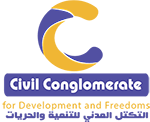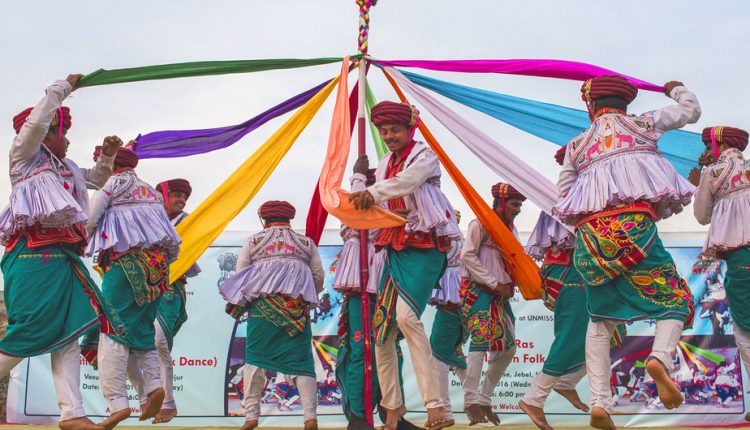From Prince to Picasso, the arts can be just the tonic, new UN health agency study shows
From before birth, to the end of life, taking to the dance floor or sketching a still life, can positively affect our health and even prove more cost-effective than conventional medical treatment, the World Health Organisation (WHO) found in a new study published on Monday.
The Health Evidence Synthesis report, from WHO’s Regional Office for Europe, analysed evidence from over 900 publications supporting ways in which the arts can help improve physical and mental health, in the most comprehensive review of its kind to date.
The report reviewed the health benefits (either through active or passive participation) in five broad categories of arts: performing arts (music, dance, singing, theatre, film); visual arts (crafts, design, painting, photography); literature (writing, reading, attending literary festivals); culture (going to museums, galleries, concerts, the theatre); and online arts (including animation and digital arts).
Piroska Östlin, WHO Regional Director for Europe, said in a Monday press statement that examples cited in the groundbreaking study, “consider health and well-being in a broader societal and community context, and offer solutions that common medical practice has so far been unable to address effectively.”
Different kinds of cultural and artistic engagement can trigger psychological, physiological, social and behavioural responses, linked to health outcomes, report authors explain, and art as medicine can be distinguished into two broad themes; prevention and promotion, and management and treatment.
For the former, music specifically selected to inspire attitudes of independence and self-empowerment helped HIV patients stay on course with treatment programmes, decreasing the volume of the virus in their bodies.
Art therapy sessions during cancer treatment have been shown to reduce the adverse side-effects of drowsiness, lack of appetite or energy, and depression.
Focusing on management and treatment, expecting mothers who engaged in weekly art therapy sessions helped reduce their fear of childbirth, and the general depression and anxiety sometimes associated with becoming a new parent. Singing during pregnancy can strengthen mother-infant bonding, reduce an infant’s crying episodes, and help newborns get a better night’s sleep.
The report indicates that some cultural activities show equivalent – or even greater – cost-effectiveness, as traditional health interventions. Because the arts can provide multiple health-promoting factors within a single activity, they may be better at preventing ailments or disease in the first place, the authors note.
Furthermore, in its various forms, artistic expression can be tailored to each individual, and thus, can help reach minority groups, which are often at higher risk of poor health.
Closing the policy gap
The report outlines policy considerations for decision-makers in the health sector and beyond, including ensuring access to health programmes, promoting public awareness of health benefits of arts engagement, and investment in further research.
Since the beginning of the 21st century, major research developments have traced the effects of art on health and well-being, however, this has not led to significant policy development across Member States within the European region, which was the focus of WHO’s study.
Although since the early 2000s, England, Finland, Ireland, Norway and Sweden have implemented policies enhancing the contribution of art and culture to health and well-being.
Last year, the Secretary-General launched the Mental Health and Well-Being Strategy specifically serving UN personnel. The five-year UN workplace plan aims to create working environments that enhance mental health and well-being, in line with the Sustainable Development target for healthy lives worldwide, SDG 3.

